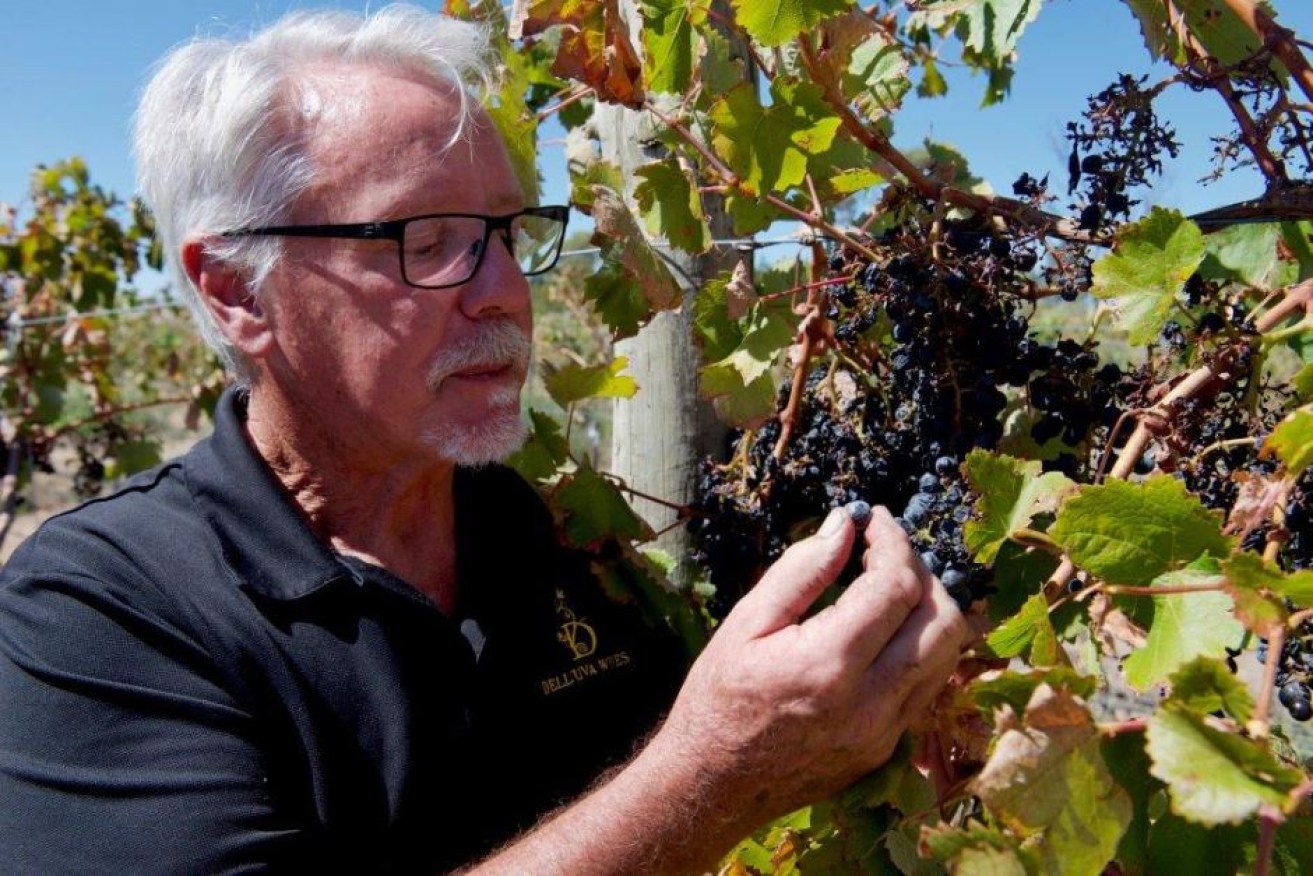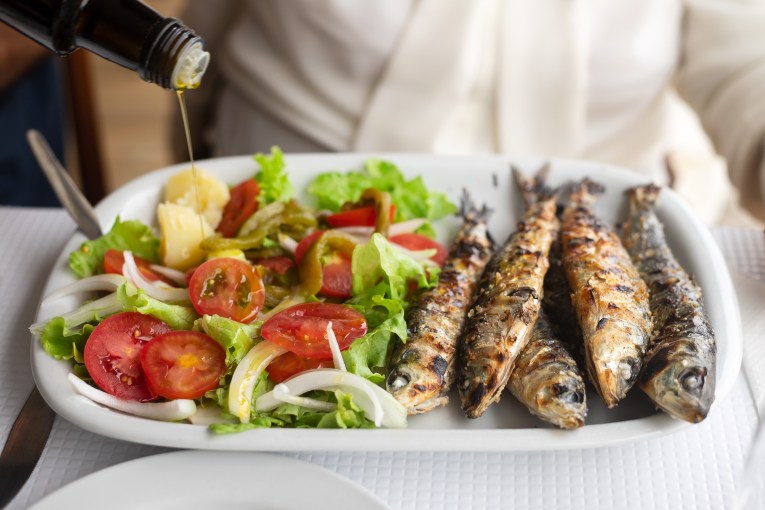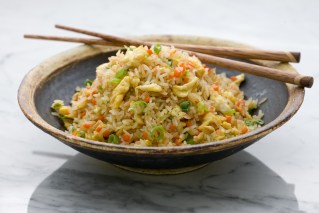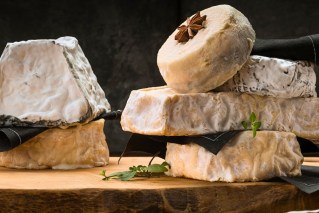Barossa’s top drops facing climate change challenge

Winemaker Wayne Farquhar inspects grapes in his Barossa Valley vineyard. Photo: ABC
Wayne Farquhar bought his first Barossa Valley vineyard in the 1970s. He had a very practical reason for doing so.
“I don’t like drinking beer at all,” Mr Farquhar said. “I grew up drinking wine and I wanted to make my own.”
In his time he’s seen growing conditions become more unpredictable.
It’s reinforced his concern climate change may threaten some Barossa wine drinkers’ favourite drops.
“We still have pockets of Chardonnay, we’ve got pockets of Riesling, we have Roussanne and Marsanne,” Mr Farquhar said.
“I think that they are going to fade away, and there’s even potential for Shiraz. It’s one of our earliest ripening varieties.
“We just don’t know what climate change is going to do to Shiraz.
“It would be a shame to lose our icon wine, but who knows what’s around the corner.”
However wine buffs and barbeque quaffers alike need not panic or worse, in Mr Farquhar’s view, contemplate beer.
He believes there’s a future – not with traditional cool climate grape varieties, but hotter ones.
Region’s recalibration inspired by Portugal and Spain

Amputated vines in a vineyard in South Australia’s Barossa Valley. Photo: ABC
On the western edge of the valley, Mr Farquhar has built a vine propagation business and a wine label based on that belief.
“Despite what many Australians might think, the Barossa is by no means the hottest place where grapes are grown,” Mr Farquhar said.
“The Iberian peninsula, Portugal and Spain, across Tunisia, the southern parts of Italy.
“They are much hotter, and with less annual rainfall than us, and they’ve been growing grapes there for thousands of years. That’s where we need to be looking.”
The Barossa would lose its German accent and gain a Latin one.
At his cellar door in Greenock, Mr Farquhar cracks open a bottle of Arinto, a Portuguese white variety he pioneered in Australia.
“Smell this, isn’t it just gorgeous?” he enthused.
“Now that’s much more interesting than any old Sauvignon Blanc, don’t you think?”
He expects to have six new Portuguese reds gracing Australian tables within three years.
Man with ‘fruit salad block’
But it’s not so much Mr Farquhar’s advocacy of new varieties that raises eyebrows – it’s the way he raises vines.
They look nothing like a traditional vineyard, with its widely spaced trunks, two lateral branches, masses of fruit, and lots of leaves.

Winemaker Wayne Farquhar bought his first Barossa Valley vineyard in the 1970s. Photo: ABC
Mr Farquhar’s vines have just one lateral branch, and even that’s chopped in half.
The individual vines are barely a quarter the usual size and produce much less fruit.
But they are so densely planted Mr Farquhar said he ends up with more fruit, and quality, per hectare.
It also dramatically slashes water use.
All up, the winemaker grows 65 different grape varieties on 15 hectares. Traditionalists can’t resist a bit of fun at his expense.
“They call me the crazy man with the fruit salad block,” Mr Farquhar chuckled.
‘We have to plan for climate change’
But the Barossa zone winemaker is not the only one planning for an unpredictable future.
Jeff Grosset has been making wine in South Australia’s Clare Valley for 37 years, in a region famed for its Riesling.
“The harvest is now on average a month earlier than it used to be, when I first came here,” Mr Grosset said.
“That trend of almost one day per year is pretty much universal across premium regions in the world.
“I have no doubt we have to plan for climate change.”

Jeff Grosset believes climate change will have profound effects on production. Photo: ABC
It’s a lot more complex though than hopping on a plane, going somewhere hot, grabbing some new varieties, bringing them home, shoving them in the ground and thinking that fixes the future.
Because of the dangers of introduced disease, vines are deemed a high-risk import.
It can take two years for them just to clear quarantine, and they don’t come with a guarantee to grow.
“We planted two varieties, Fiano — a white variety — and Aglianico, both from the south of Italy. One has worked really well and the other one didn’t,” Mr Grosset said, gesturing to a bare patch of land where the doomed vines once stood.
“Let’s just call it ‘research and development’, though it’s better when it ends in success rather than failure.”
Along with a good palate, what a winemaker needs most is patience.
“It’s a really, really long process,” Mr Farquhar said.
“Realistically, it takes anywhere from six to seven years before you finally get the product into the bottle.”
The future is unpredictable, but one thing is clear — when it comes to wine, it’s already starting to taste different.








